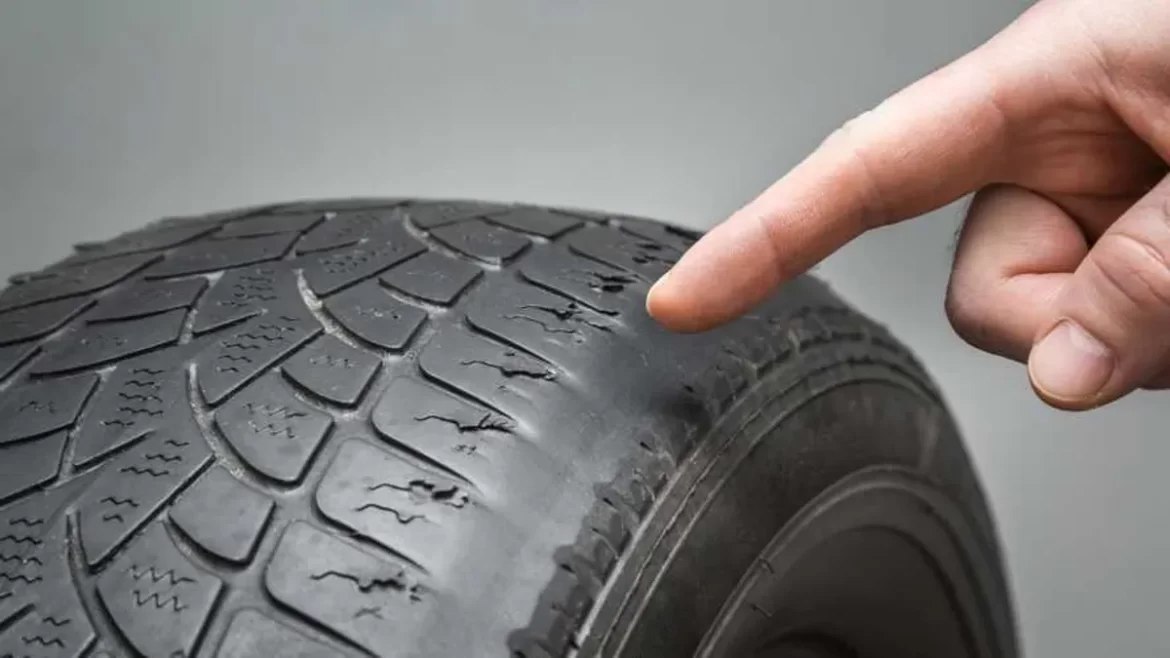Does The Amount of Wear On Tyres Genuinely Cause Them To Become More Effective Over Time?
It is a fascinating exercise to compare the tread depth of a brand new Pirelli Tyres Stevenage, which measures 8 millimetres, to a partially worn tyre, which measures approximately 3 or 4 millimetres. Rolling resistance increases when the tread on the tyre goes down. This has a beneficial effect on the efficiency of fuel use. This is not just of tremendous importance to drivers. But it also has significant implications for carbon dioxide emissions and climate change.
Others believe that a tread depth of 3 millimetres is optimal for getting the most out of your tyres. Another important aspect is that high-quality tyres are still intended to be risk-free at tread depths of 3 millimetres and below.
Isn’t a tyre with a low friction coefficient essentially a tyre that has less traction on the road?
It is important to remember that a tyre with a lower friction coefficient is not always one that has less tread on it. Therefore, it provides a performance that is below average. To the permissible level of 1.6 millimetres, good tyres will continue to provide the same level of durability over the whole tread depth range.
What can you do to extend the life of the tread on your tyres?
It will serve you well in the long run if you maintain a high level of maintenance for the tyres on your vehicle. This is true in terms of higher performance but additionally in terms of higher fuel efficiency and greater protection for drivers. Consequently, developing and adhering to a routine schedule of care and upkeep makes perfect sense from every angle. Regardless of the tread thickness of your tyres at the moment, this will assist your tyres last longer in the long run.
Here are some straightforward guidelines to follow. The following are some resources that might assist motorists in maintaining the tread and taking care of the tyres on their vehicles: –
Perform a visual inspection of the tyres once per week.
When you get in the habit of filling up your gas tank, it’s important to do this. By twisting the steering wheel to one edge and then the opposite, you will be able to examine the inside border of the front tyres. This can give you an indication as to the overall condition of the tread. This will additionally alert you to any fractures, splits, or rips in the rubber, in addition to any foreign items that may have been in the material.
Tyres need to have the appropriate amount of pressure.
Check to see that the air pressure in your tyres is appropriate for the manufacturer of the tyres, the thickness of the tyre, as well as the automobile. You should monitor the pressure in your tyres once a month. It is common knowledge that the machines at gas stations are notoriously inaccurate and are never optimised. Take advantage of a good garage that also provides services, or invest in a gadget that can be in use at home. Purchasing a pump that you can operate on your own is another worthwhile investment. There are both manual pumps that need the use of one’s feet and electric pumps that connect to the vehicle’s electrical system. Tyres that have either too much or too little air in them will wear out far more quickly. In addition to this, the wear will be irregular.
Rotate the tyres at regular intervals.
You should rotate the tyres at least once every 10,000 miles or whenever you have to change a tyre, whichever comes first.
Wheel alignment
Always double-check the wheel alignment as well as tracking to ensure everything is in proper working order. This is particularly true after the installation of brand-new tyres. If the automobile is not adjusted, then the tread on the tyres will wear excessively and unevenly. This is because of the misalignment.
Examining the tread depth
It is possible to do a speedy trick by inserting a twenty-pound coin inside the tread channels of the tyre. Not able to make out the coin’s raised rim? It is likely that the tread depth of your tyres is more than 1.6 millimetres and still legal. On the other hand, you may also get smaller gauges that are hand-held. They will make it possible for you to inspect the tread depth at home or in a garage. You may even get assistance with this from a store that sells tyres.
A central band tyre serves as a gauge of a tire’s permissible limit. It covers about three-quarters of the tyre. Do the sidewalls of the tyre show signs of wear on either the inside or the outside? There can be a concern with the alignment of the car, or there might be an issue with the chassis. Before you install new tyres, this will need more examination as well as any necessary repairs. If it doesn’t happen, the pattern of unequal wear will persist.
A lot of drivers are conscious of maintaining the correct tread depth on their Tyres Stevenage. This is the case because they will not have to bear the expense of changing tyres. This may amount to a substantial sum. To properly maintain your tyres, however, there is more to it than simply knowing how long 3 millimetres of tread will remain. The rate at which the tyres deteriorate is another key factor. This will assist to ensure that driving is in a way that is both safe and effective with gasoline. They are the point of contact between the automobile and the pavement. If you take adequate care of them, you will not only gain financially but also in terms of your security.

